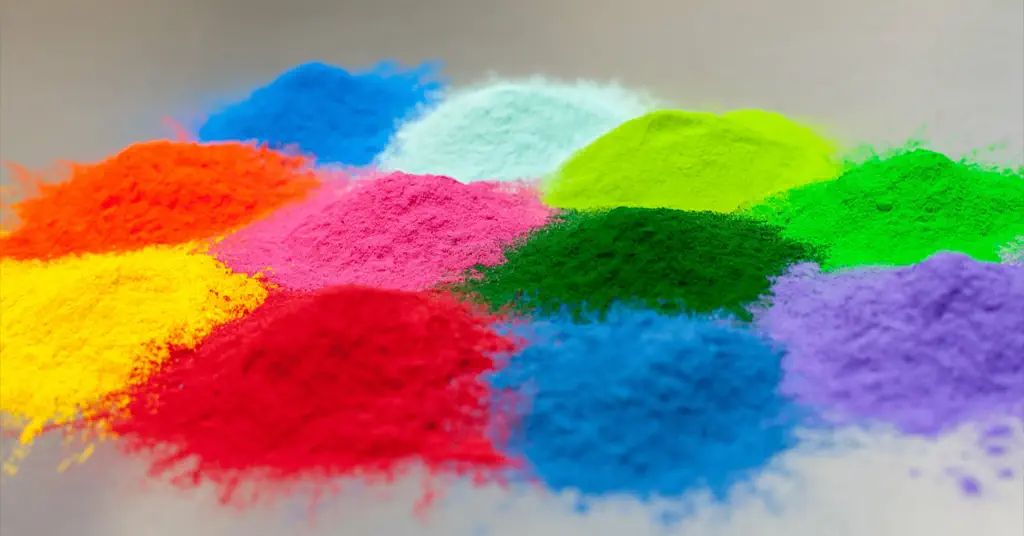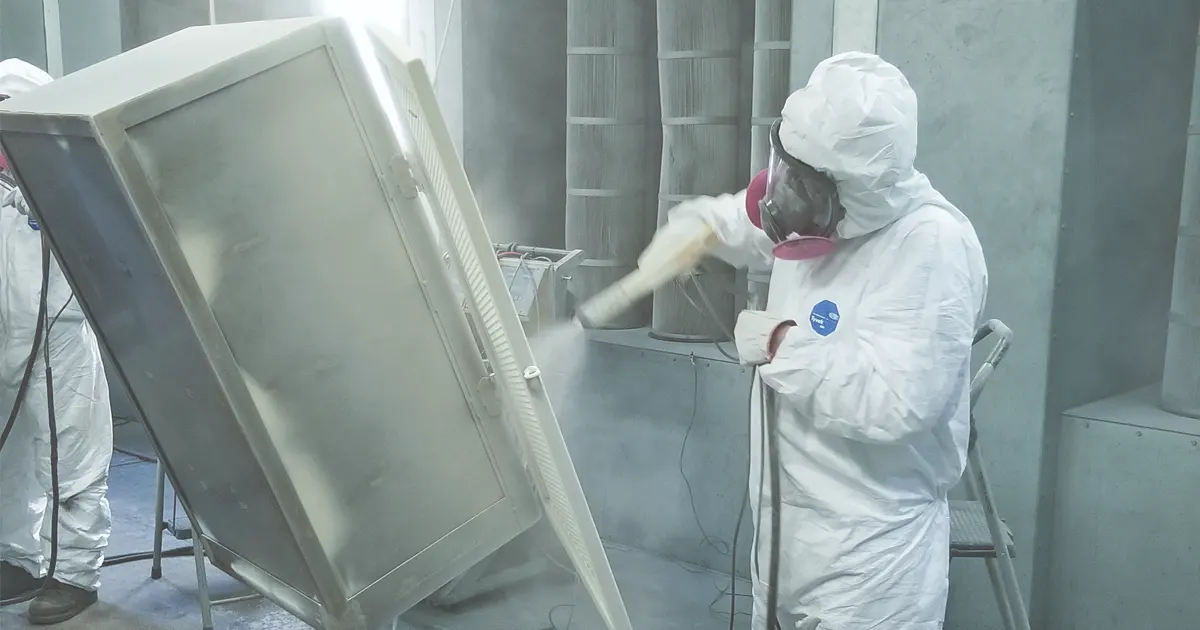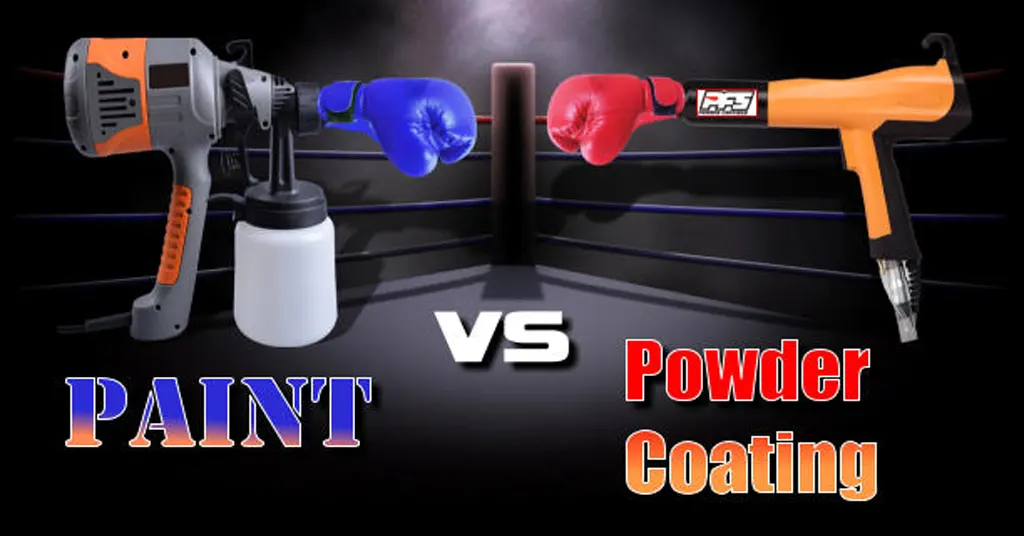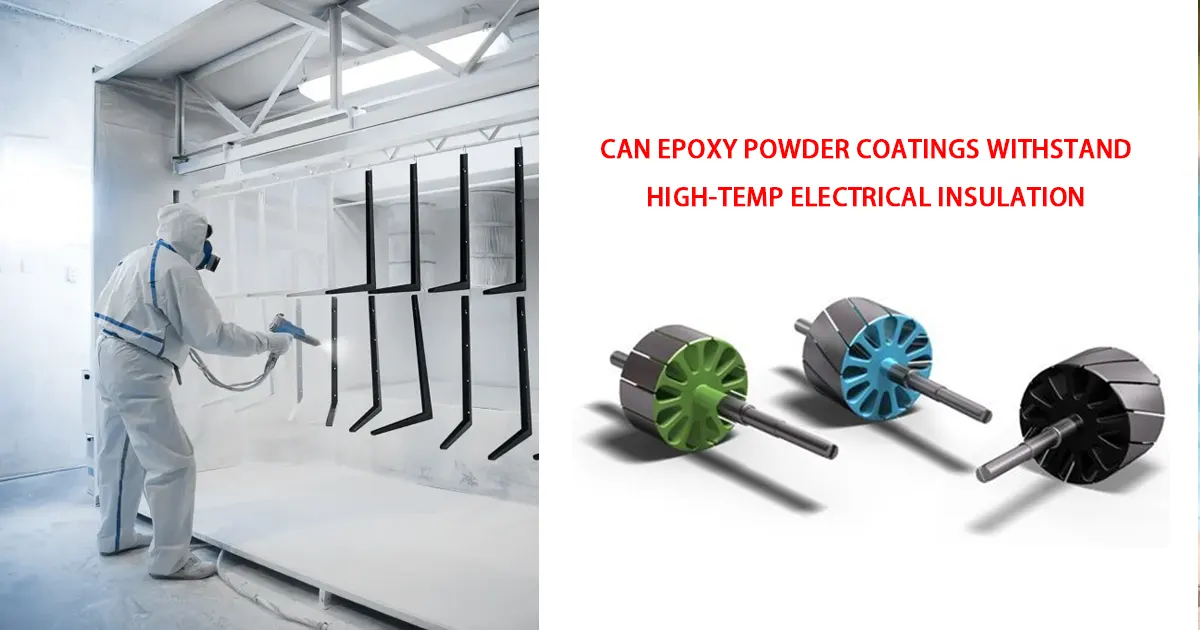Application of acrylic resin in matte powder coatings
Table of Contents
Acrylic resin is a general term for polymers of acrylic acid, methacrylic acid, and their derivatives. Due to its light color, excellent weather resistance, resistance to yellowing, heat resistance, corrosion resistance, and good optical properties, acrylic resin is widely used as a film-forming material in paint coatings. According to the type of chemical reaction, it can be divided into two categories: thermoplastic acrylic resin and thermosetting acrylic resin.
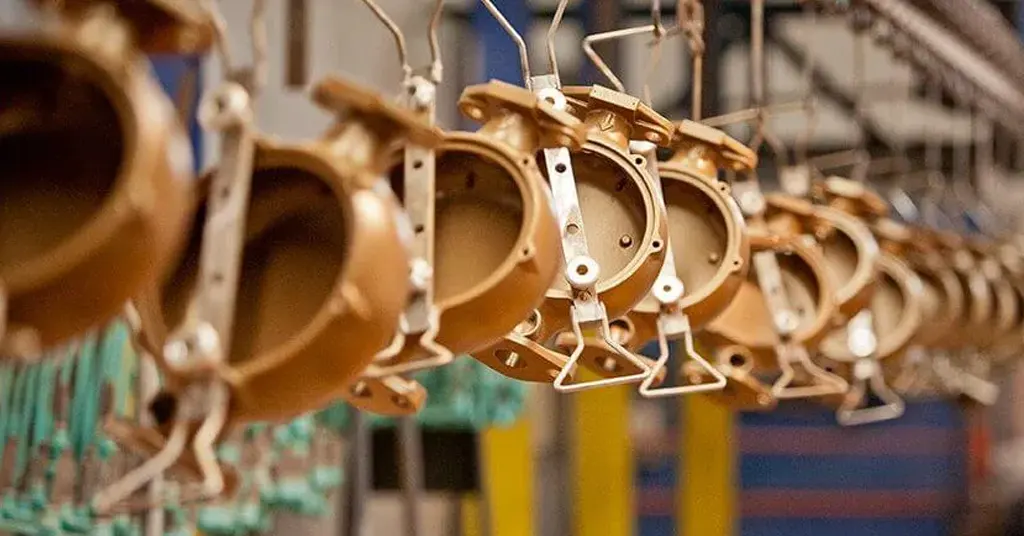
Thermoplastic acrylic resin does not undergo further cross-linking during the film-forming process, therefore it has a relatively large molecular weight, good light and color retention, water and chemical resistance, fast drying, convenient construction, and is easy to apply and repaint. When preparing aluminum powder paint, the whiteness and positioning of the aluminum powder are good. Thermoplastic acrylic resin is widely used in fields such as automobiles, electrical appliances, machinery, and construction.
Thermosetting acrylic resin refers to a network structure formed by reacting with functional groups in amino resins, epoxy resins, polyurethane, etc. added during paint production, which contains certain functional groups in the structure. Thermosetting resins generally have a relatively low molecular weight. Thermosetting acrylic coatings have excellent fullness, gloss, hardness, solvent resistance, weather resistance, and do not discolor or turn yellow during high-temperature baking. The most important application is to combine amino resin to produce amino acrylic baking paint, which is currently widely used in products such as automobiles, motorcycles, bicycles, and coil steel.
1. The extinction method of acrylic resin powder coating
The absence of solvents or water in powder coatings can result in insufficient extinction effect of the original wax powder and silica gas. Due to the lack of solvents and water during the curing process of powder coatings, it is not possible to ensure that the extinction agent migrates to the surface; Rapid curing speed can also lead to limited migration. On the other hand, most non reactive additives are white or gray, and when wax substances migrate to the surface, they are not suitable for making dark matte coatings. And when there are high outdoor weather resistance requirements, these additives are also not suitable.
In order to make up for the migration defect, there are other possibilities: two systems complete the curing, one initially produces the gel effect, and the other destroys the surface of the gel by shrinking. These two systems must maintain differentiation or incompatibility. The coating substrate needs to be in a continuous two-phase state. For the extinction of powder coatings, this requirement is related to the incompatibility of the two-phase or multiphase systems contained in the organic components; It is best for two-phase or multiphase systems to have different reaction rates or different curing agents. Similar to this situation, as is well known, the dry mix extinction of two powder coatings. Under certain specific conditions, mixing can result in lower gloss. But when mixed together and extruded or in the presence of solvents, there is no longer any incompatible presence, and the final result is a high gloss powder coating.
The most primitive matte powder coating can be mixed with slow PU components and fast polyester components to achieve the lowest gloss through the difference in reaction rate. Slow component powders are usually easier to produce, but fast component powders sometimes cannot find suitable catalysts, such as the polyester HAA curing system, which has high reaction activity and is not sensitive to commonly used ammonium salts and phosphates. Simply increasing the acidity or branching degree to enhance the reactivity of fast component reactions can lead to an increase in the cost of curing agent dosage and a decrease in the leveling appearance effect of viscosity enhancement.
Mixing prepared powder coatings means additional costs and losses, usually in order to reduce the reactivity of slow components and increase the viscosity of slow component resins, which reduces the brittleness of the resin and makes grinding more difficult. When a fast component containing finer particles is mixed in, bright spots are more likely to appear because the coarser slow component particles do not have good extinction. Although the problem of bright spots can be overcome through co grinding of two-component sheet materials, bright spots still occur from time to time, unless coarser particles are screened out.
2. Common acrylic resin powder coating matting agents
Polycarboxylic acid curing agents have high activity, and generally make coatings with poor surface quality. Most use polycarboxylates as salts to reduce activity. However, during the curing reaction, the first step is to release the salt seal and promote the melting and leveling of the powder before the polycarboxylate forms a dull surface. Amine substances are often used to form salts by complexing with polycarboxylic acids, and can also have appropriate catalytic effects.
As is well known, Vestagon B-68 belongs to this type of extinction compound, which is a product of the salt formation of phthalic anhydride and diphenylimidazoline.
If each molecule contains a large number of carboxyl groups, the gel effect will cause a large number of free carboxylic acids to not react with the matrix (such as epoxy resin or TGIC) during curing. When water, water vapor, or heating are present, these functional groups are excellent catalysts for the hydrolysis of polyester. When these carboxyl groups exist, they accelerate subsequent hydrolysis. This means that this type of curing agent cannot be used for extinction in outdoor weather resistant powder coatings.
b. Polyurethane extinction agent
Using a combination of two PU resins with high and low hydroxyl values, isocyanates are used as curing agents to adjust the ratio of high and low hydroxyl value PU resins to adjust the gloss. There are differences in reaction rates and incompatibilities of highly branched PU resins in this system.
The stability of high hydroxyl value PU resin after repeated production still faces certain difficulties. Due to its high branching, if the esterification effect is not sufficient, the final powder coating product will have a high gloss; If the esterification effect is too high, there is a possibility of agglomeration in the reactor.
c. Polyglycidyl groups
This type of curing agent also needs to be incompatible with the substrate. By changing the molecular weight, monomer composition, and content of glycidyl groups. Due to the presence of acrylic structure and high crosslinking density after curing reaction, this type of coating has excellent weather resistance.
The compatibility between acrylic resin and polyester resin is poor. The former can cause pollution to the latter. In terms of the non chemical characteristics of acrylic resin, its surface tension is smaller than that of epoxy resin and polyester resin, making it easier to penetrate and migrate to the surface. Moreover, due to the large difference in surface tension, the compatibility with epoxy resin and polyester resin is poor.
In addition, the reaction rate between glycidyl and carboxyl groups is very fast. If only carboxylic acid is used for curing, the glass transition temperature of acrylic resin is required to be high. It is necessary to find a balance that allows sufficient shrinkage of the glycidyl group to obtain a matte surface without affecting the leveling of the coating. New extinction reactions from salt to blocked isocyanates can bring many unexpected effects.
Conclusion
Acrylic resin powder coatings are widely favored due to their advantages such as environmental protection and good weather resistance, but traditional extinction methods have problems such as insufficient migration and bright spots. This article delves into two new extinction methods: dual system curing and new extinction agents. Dual system curing utilizes two resins with different reaction rates to achieve extinction through the difference in reaction rates. New extinction agents mainly include carboxylic acid polymers, polyurethane extinction agents, and polyethylene glycol based extinction agents. Choosing a suitable acrylic resin powder coating extinction agent requires weighing various factors, such as cost, risk of bright spots, weather resistance, etc. The dual system curing and new extinction agents provide more possibilities for achieving high-quality extinction coatings.
Have Anything To Ask Us?

